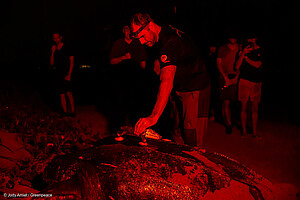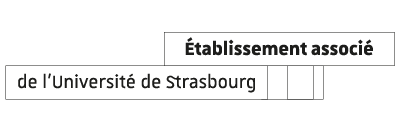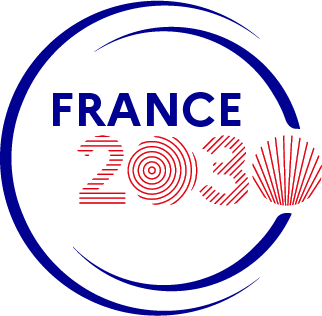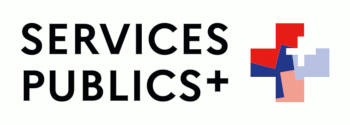Publication date: 01/07/19
ThemesNews
From 25 May to 13 June 2019, Damien Chevallier, a researcher at the Hubert Curien Multidisciplinary Institute (IPHC), was in Guyana to equip fifteen leatherback turtles with embedded cameras, biologgers and Argos beacons, which record behavioural and biological data. Equipment financed by Greenpeace which joined the mission from 3 to 10 June.
"From 50,000 eggs per season in the 90s to less than 200 in 2018, the leatherback turtle is disappearing," says Damien Chevallier, researcher at the IPHC, who participated in the demographic analysis of 46,000 females that came to lay over a period of 30 years at the Yalimapo site in French Guiana. A site that hosted 40% of the world's population of this species 30 years ago. "This is all the more alarming because this decline is regional, confirming that leatherback turtles, very faithful to their nesting site, will not go elsewhere to lay their eggs"
Knowing the behaviour of turtles
This year, the researcher decided to team up with Greenpeace as part of a mission that took place from 25 May to 13 June 2019. "They contacted me for their reef-watching campaign off the Amazon River that will be launched in autumn 2019. After discussions, Greenpeace has offered to finance the equipment of Argos beacons and biologgers to equip about fifteen sea turtles" said Damien Chevallier joined on site by members of this international organisation from 3 June to 10 June 2019.
A small novelty for the researcher, was the use of embedded cameras for a few months. "With biologgers and Argos tags, we mostly get spatial data and dive profiles, but we lack accurate information about the actual activity of the turtle. " Trajectories during breeding and migration, feeding areas, types of prey, time-budget, egg-laying cycle ... The cameras will improve knowledge of the environmental factors influencing turtle behaviour and population dynamics.
25% of females wounded and 40% of nests destroyed
Several aggravating factors, including incidental capture by fishing nets, have already been identified in the progressive disappearance of the leatherback turtle. "25% of the animals that come to lay in Yalimapo have net marks on their shoulders and necks. One of the turtles equipped with an Argos tag was found dead, as were eight other individuals in the same area. These catches are accidental, but we want states to take their responsibilities and find solutions to stop this negative impact. As such, we have submitted two European projects that will test different types of equipment to limit accidental capture. " Another factor is erosion and rising water, due to global warming, which led to the destruction of 40% of nests.
Analysed in the context of the thesis of Lorène Jeantet, doctoral student at the IPHC, the collected data will be provided to non-governmental organisations and to the State. Objective: "To define the sensitive areas according to the periods, working closely with fishermen to limit interactions with turtles. " At the start of the season, if his schedule allows, Damien Chevallier will board the Greenpeace ship. "For me, it is a standard bearer in terms of conservation and a good relay of information on the state of health of our oceans. »

















